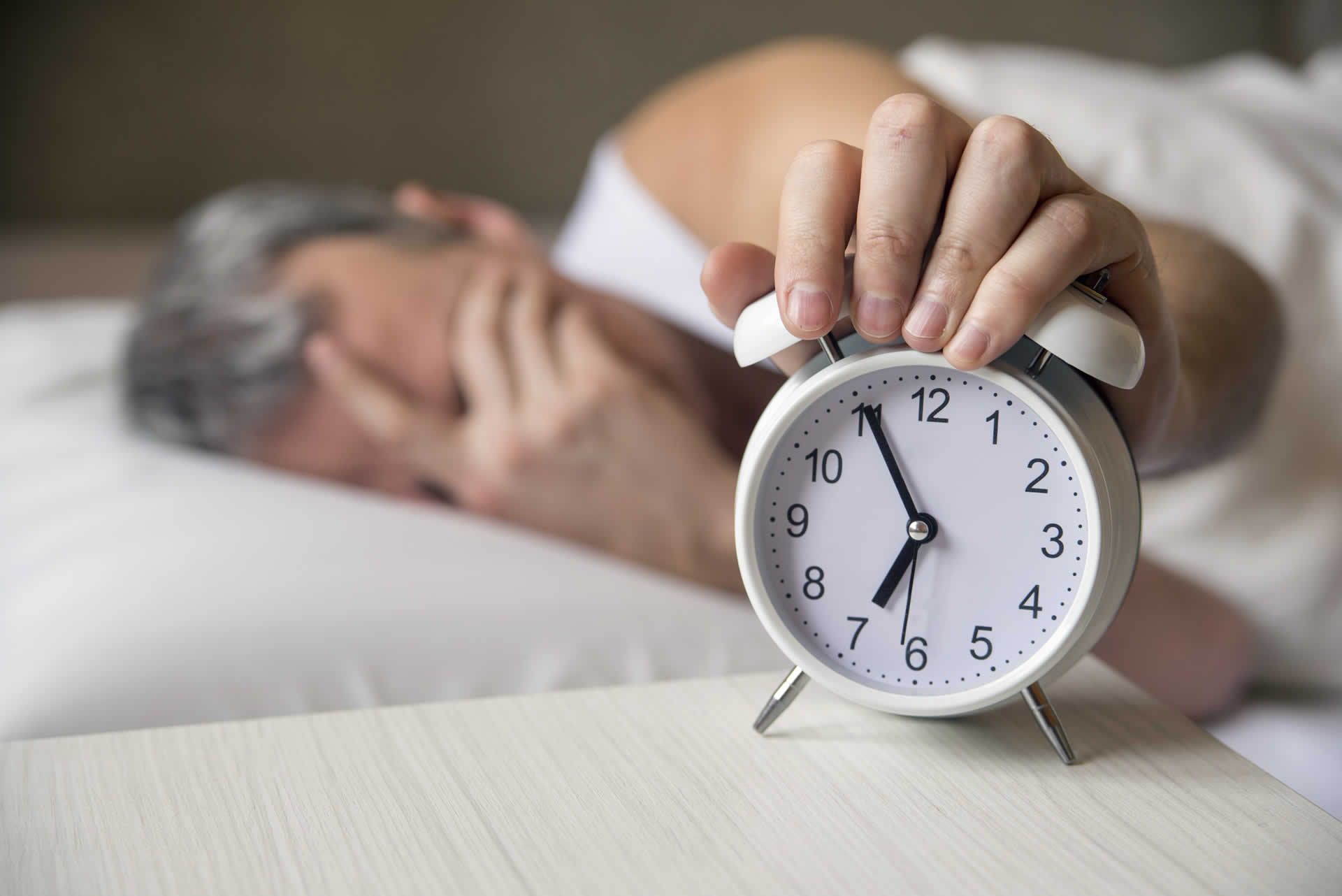You will encounter many different forms of massage depending where around the world you travel. However in this modern age, you can probably find all significant forms of massage within a close proximity.
[vc_row][vc_column][vc_column_text]A lot of cancer centers are now providing massage therapy and promoting it as a complementary cancer treatment method. Massage therapy will not treat cancer outright. This is done by surgery or chemotherapy. However, it helps with cancer symptoms and side effects of the various conventional treatment methods given to the patient. Research involving massage therapy and its benefits for cancer patients is still young. However, it has been found that massage helps with nausea, pain, and anxiety. It also goes beyond evidence-based standards for helping to relieve mood disorders and depression in women suffering from breast cancer. Risks are inevitable when it comes to using massage therapy for cancer. Skin breakdown, bruising, and infection might occur. That’s why there are certain precautions to be made. For example, massage is not suitable when a patient has blood clots or when he or she has a very low platelet count. Now, let’s delve a bit deeper into massage therapy and its benefits for cancer. We will also look into how to find a certified oncology massage therapist.
But First, What Is Integrative Oncology?
Integrative treatment refers to giving the patient a combination of traditional treatment methods (e.g. for cancer) and alternative techniques to address symptoms. A lot of cancer centers are utilizing this integrative approach towards treatment.The Basics Of Massage Therapy
Massage is referred to as the rubbing of the body’s muscles and skin to improve one’s overall well-being. Traditional massage therapy is similar to running the back. They both elicit feelings of delight and well-being. However, massage therapy are of different techniques and forms. It doesn’t simply end with rubbing the shoulders and the back. Some types of massages include aromatherapy massage, Swedish massage, and deep tissue massage. The third type included here, deep tissue massage, is not given to patients during periods when they are under active cancer treatment. However, it might be used to ease chronic pain and might help enhance one’s range of motion post-cancer treatment. The best massage type for a particular cancer patient varies. Usually, it depends on the symptoms of the patient. It also depends on how the treatments and the actual disease affected the patient’s body. Gentle massages are commonly used for cancer patients. It is enough to release feel-good hormones, endorphins that helps reduce pain. Those experiencing muscle stiffness and tightness may opt for a stronger pressure such as that used in Swedish massages.General Health Benefits Of Massage Therapy For Cancer Patients
Clinical studies have led to the conclusion that massage is helpful because it provides both psychological and physical benefits. When it comes to the physical aspect, massage might help improve blood circulation, ease sore muscles, reduce the amount of stress hormone levels within the body, and lessen swelling and inflammation. Emotionally and/or psychologically, massage helps persons relax. With this relaxing experience the mind is distracted from fear and pain. Anxiety is reduced and symptoms of depression are lessened. With all of these benefits in mind, there are obvious reasons why massage benefits patients suffering from cancer. Unlike the cold, extreme nature of conventional treatments such as radiation and chemotherapy, massage therapy might lead to patients feeling serene and calm. Because cancer involves treating the tumor, massage can make patients feel cared for and pampered. This is because it usually involves therapists who devote their time to the patient’s personal well-being. Multiple studies have been conducted to evaluate the benefits massage therapy offers in oncology. Usually, these studies focus on specific treatment methods. For instance, a study implemented in 2016 evaluated massage and its benefits for people undergoing chemotherapy. The research found that it has led to improvements in fatigue, pain, anxiety, and nausea. Other studies have gone through various benefits of massage therapy for certain symptoms associated with cancer. These include nausea associated with chemotherapy, stress, anxiety, mood disorders including depression, pain, and cancer-related fatigue, among others. Let’s look at each one by one.Chemotherapy-Associated Nausea
Multiple studies concluded that massage therapy, in combination with other treatment methods, helps to reduce nausea and vomiting associated with chemotherapy. A study conducted in 2015 evaluated the combination of traditional and alternative treatment methods for cancer. The study found that massage therapy in conjunction with ginger and dexamethasone were significantly better in treating chemotherapy-associated nausea compared to other combinations of conventional and non-conventional methods. It is important to remember that even though massage is beneficial for nausea, it doesn’t mean you have to neglect using medications. Studies have only stated that massage might be more significantly beneficial in ‘combination’ with traditional therapies. This is especially true with regards to cancer-associated symptoms — combining therapies would be a most efficient approach compared to standalone methods.Stress And Anxiety
Multiple studies suggest that massage helps to lessen stress and anxiety experienced by people suffering from cancer. Objectively, massage helps reduce levels of the stress hormone cortisol in the blood. This decrease in the said hormone has other physical benefits too.Mood Disorders And Depression
Research regarding massage therapy and its benefits for cancer-related symptoms points strong evidence in regards to mood disorders and depression. A renowned oncological organization states that massage therapy meets standards when it comes to reducing depression and mood disorders in patients. The said symptoms are common among cancer patients especially women suggesting from breast cancer. It is also challenging to overcome because antidepressant drugs might reduce the efficiency of certain breast cancer prescription medications (e.g. Tamoxifen). Depression is found to occur in female breast cancer patients with lower rates of survival.Cancer-Related Fatigue
Studies have found that massage reduces cancer-related fatigue in some patients. Although fatigue is not life-threatening, it can affect the patient both physically and emotionally. It can be frustrating and also persists for a few years after treatments have been completed in patients with early stage cancer.Pain
Similar to vomiting and nausea, massage therapy is not used as a standalone treatment for pain. It is used with conventional treatment methods and might help reduce discomfort or pain. It might even lessen the amount of medication patients need for addressing pain. Massage is useful for pain related to surgery and is believed to increase levels of endorphins within the blood. Release of these feel-good hormones result to lessening of pain experienced by patients. A study implemented in 2018 concluded that massage helps with immediate pain relief. Although, the said therapeutic effect’s time span is uncertain. Compared to other pain treatment methods, massage has been proven to be comparatively safe.Other Therapeutic Benefits Of Massage
Aside from reducing pain and discomfort, massage has been found to improve sleep quality and sleep patterns among patients. Quality of life for those cancer patients have also improved due to massage therapy.Massage And Cancer: Risks And Cautions
It is important to note that you have to communicate with your oncologist before opting for massage. This is true especially if you recently had surgery or if you are undergoing radiation therapy or chemotherapy. Similar to most treatments, massage carries contraindications and risks. Risks Possible risks of massage therapy for cancer patients include the following:- Bruising. A patient is more likely to incur bruises if he or she has a platelet count that is very low because of chemotherapy.
- Infection. Infection risks are more likely if you have a very low white blood cell count. This might be caused by chemotherapy. Risk of infection is also high if your recently had surgery or if open sores are present due to certain conditions or radiation therapy.
- Risk Of Incurring Fracture. If cancer has already spread to the bones (bone metastases) you can possibly incur fractures. This is also true in cases where patients take medications that weaken the bones (e.g. aromatase inhibitors used for breast cancer). Bone metastases is one of the contraindications for having massage therapy. However, a particular study found that massage therapy lead to reduced pain in patients that have bone metastases.
- Allergic Reactions And Sensitivities. Cancer patients might react to oils and lotions used by their therapist. It is recommended that patients inform their therapist of any sensitivities and allergies.
- Skin Breakdown. Vigorous rubbing especially the technique used in deep tissue massages might lead to skin breakdown. This is more likely in patients undergoing radiation therapy.
- Dislodging Blood Clots. Risk of disrupting blood clots within the legs are common especially if these are undiagnosed. These blood clots can actually be dislodged and it can transfer to the lungs. It is important to remember that blood clots are very common among patients with cancer. It is more common post-surgery and even during chemotherapy sessions. That’s why patients who wish to get massages are advised to talk to their oncologist beforehand.
- Infection. Massage therapy should not be applied to patients who have infection. This is especially true in cases where fever occurs.
- Diagnosed Blood Clots. If a patient has been diagnosed with pulmonary emboli or deep vein thrombosis, massage shouldn’t be implemented.
- Extremely Low Levels Of White Blood Cell Count. Severe leukopenia is another contraindication. Massage is deferred until clearance is given by the oncologist.
- Severe Thrombocytopenia. Massage is contraindicated for patients with extremely low levels of platelet counts.
- Lymphedema. Damage incurred by lymphatics can cause swelling of specific body parts. This usually occurs in certain forms of cancer and mostly occurs in melanoma patients. Arm swelling in female breast cancer patients is common as well. Massage shouldn’t be applied on areas surrounding the nodes located under the arm. It should also be avoided in the arm located in the same body side where breast cancer is present. Manual lymphatic drainage is one form of massage implemented on patients with lymphedema. It is done by a therapist which specializes in the said condition.







Leave a Reply
You must be logged in to post a comment.